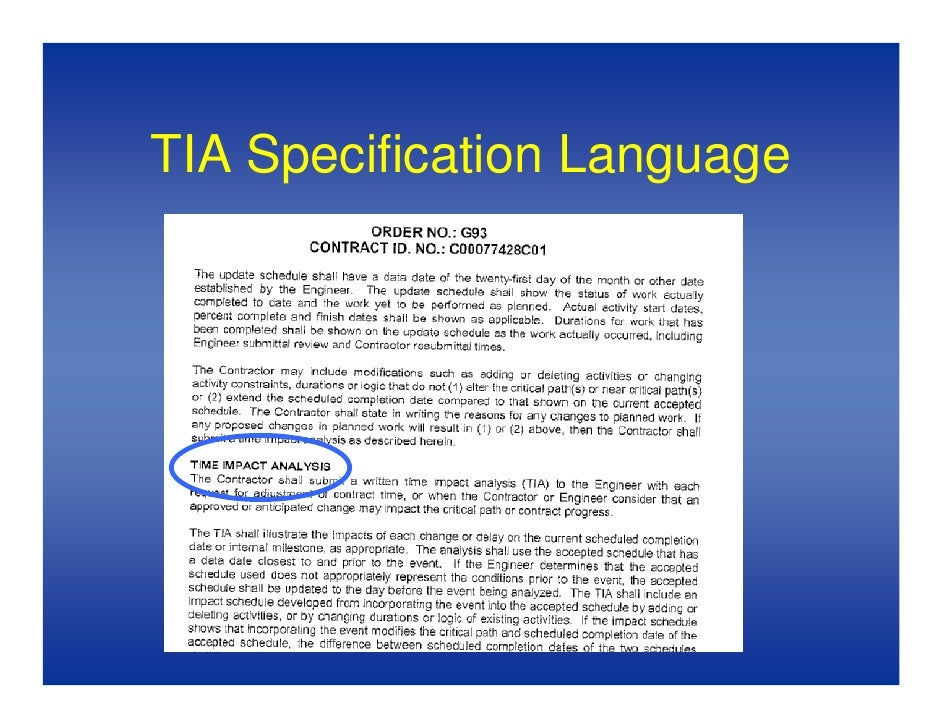Some of the most common disputes in construction cases relate to delay. however, delay claims tend to be some of the least understood and frequently confusing claims in the construction field. a clear understanding of the basic elements necessary to prove delay claims is invaluable in the processing of complex construction claims.. Like many issues in construction, dealing with delay claims � especially from the contractor’s perspective � is a factually intensive investigation requiring expert assistance to establish both entitlement and quantum of damages.. There are four primary methods of analyzing a delay claim using a cpm schedule. all four methods rely on some comparison of the as-planned schedule to the actual as-built schedule or events. two methods are primarily used after the project is completed and two methods are used during the course of construction..
Analysis of concurrent delay on construction claims 2. concurrent delay defined the term �concurrent delay� is commonly used to describe circumstances where different causes of delay overlap during a period of time or schedule window.1 as such, concurrent delay could. A time impact analysis (tia) is a method used to determine the extent of the impact of potential delays in the construction process. this process can be a preferred way to promote negotiation and later agreements on delay claims.. B. basis for delay claims c. delay damages and their proof d. other schedule-related damages. iii. delay claims a. management at discovery of changes and claims b. management during occurrences of change and claim c. preparation of changes and claims. iv. aspects of plan interpretation a..



No comments:
Post a Comment
Note: Only a member of this blog may post a comment.